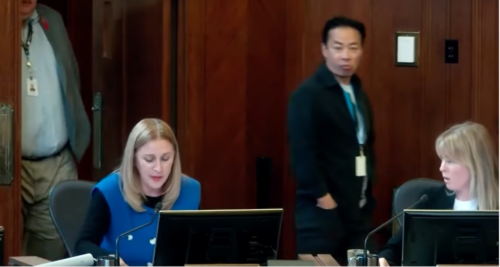City Hall
This past Thursday, the Vancouver Police Department published a press release about a series of arrests made in the Downtown Eastside. It describes eight...
Hi, what are you looking for?


Vancouver Mayor Ken Sim is obsessed with keeping the city’s Downtown Eastside on his tongue. The residents, the neighbourhood, the backdrop – the DTES...
This past Thursday, the Vancouver Police Department published a press release about a series of arrests made in the Downtown Eastside. It describes eight...
Instead of hearing 80 speakers from the public, City Council voted today to defer hearings until a later consulation. Fifty of those speakers were at...
Mayor Robertson and his party won power on the backs of the poor, claiming to represent their aspirations and promising to "End Homelessness." Today,...
NORTH EAST FALSE CREEK | A new deal between the city and the Concord Pacific development corporation might further change the social geography of...
The 10 SITES COALITION of Downtown Eastside organizations has issued a statement opposing the "Historic Area Height Review," which goes before City Council on...
CAMPAIGN FINANCE REFORM | Legislation that would make Vancouver municipal parties disclose their donors and would cap corporate donations and overall campaign spending, might...
A memorial service for the three men who died in an East Van house fire was held Saturday at the Longhouse Council Native Ministry....
Gregor Robertson's 2008 campaign for Mayor rode the Obama wave. At the time, however, positive comparisons between the two were decidedly false. Ironically, present...
A house fire on Pandora Street took three lives last Thursday. The event instigated the right-wing NPA to call for an inquiry. However, to...
It is common for Vancouver journalists to bemoan the "fiasco" of the Olympic Village, but they are so often bogged-down in financial matters above...